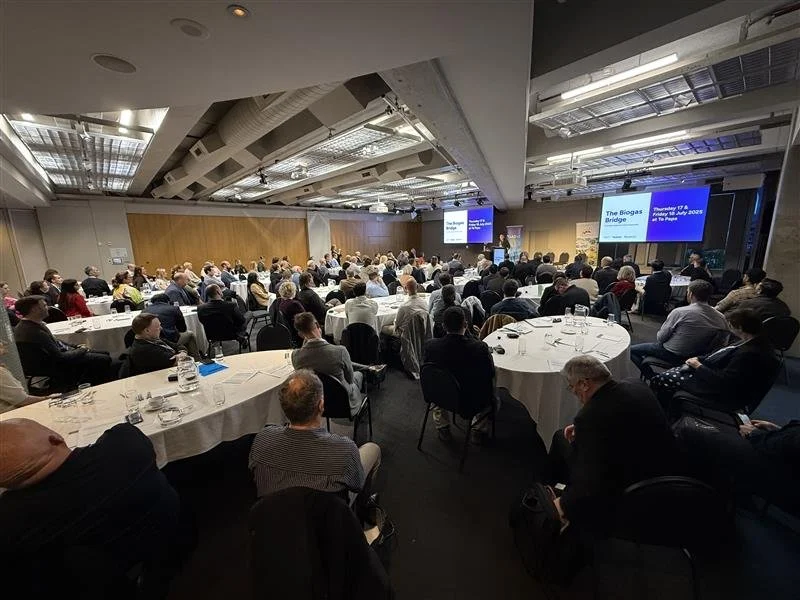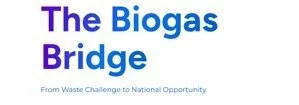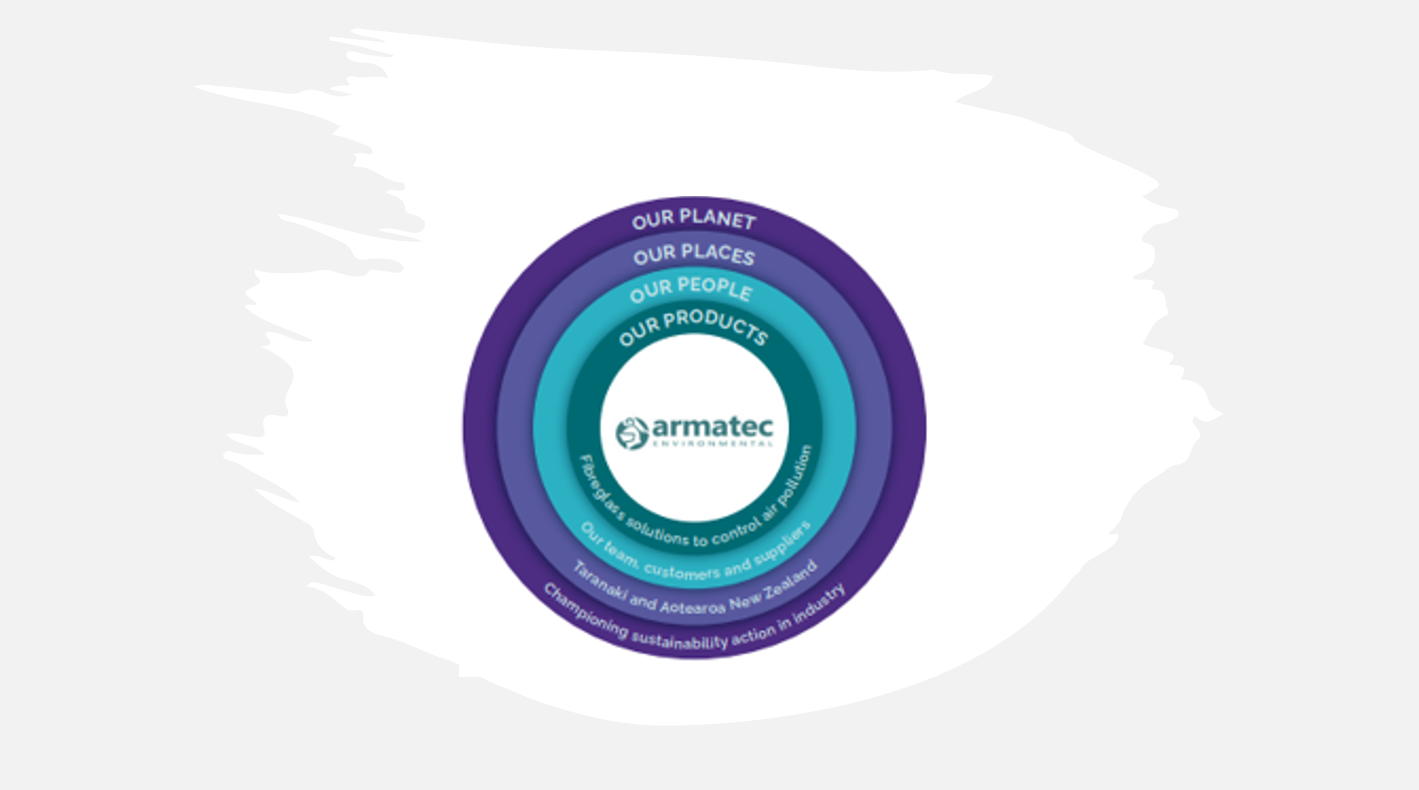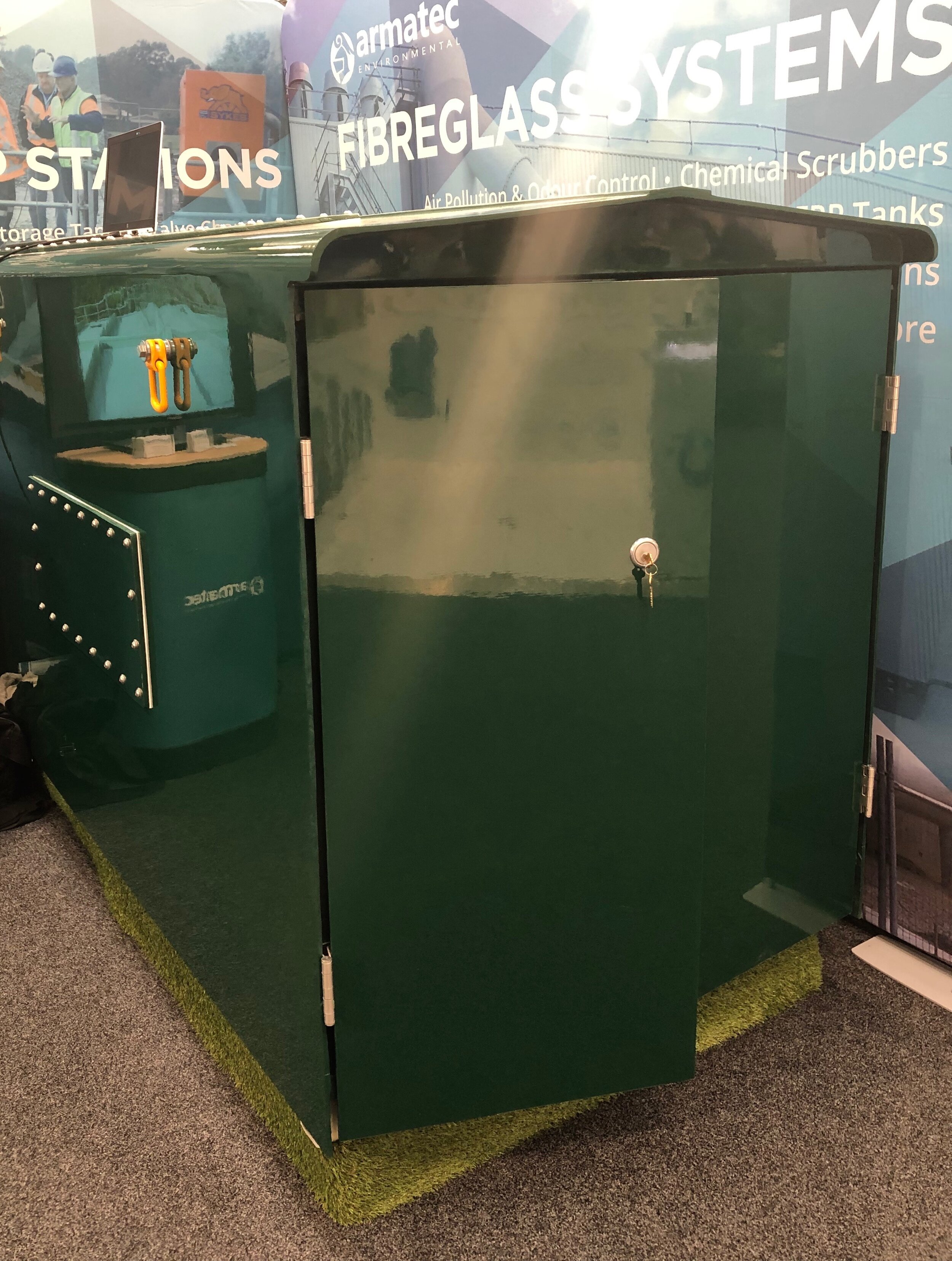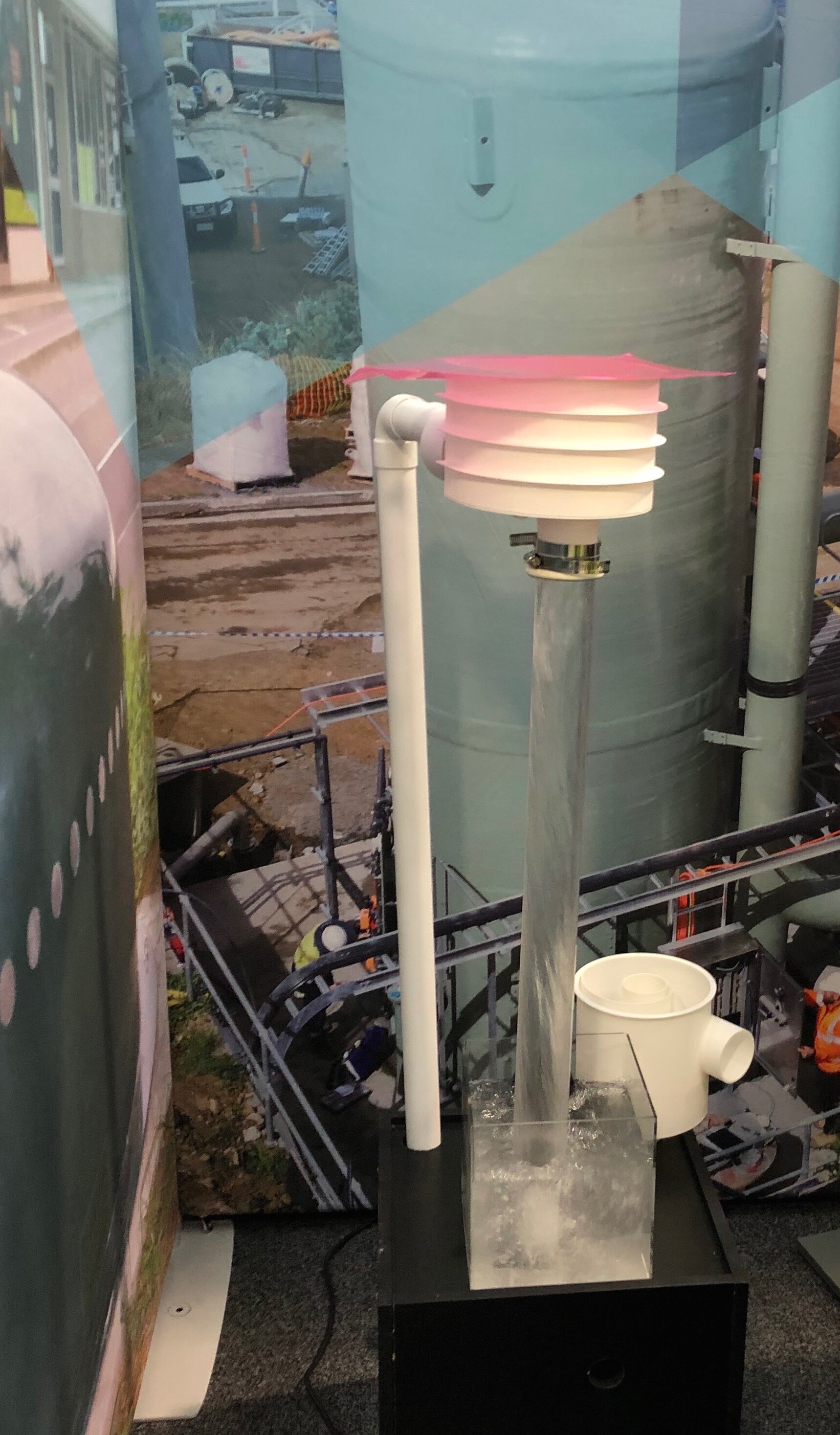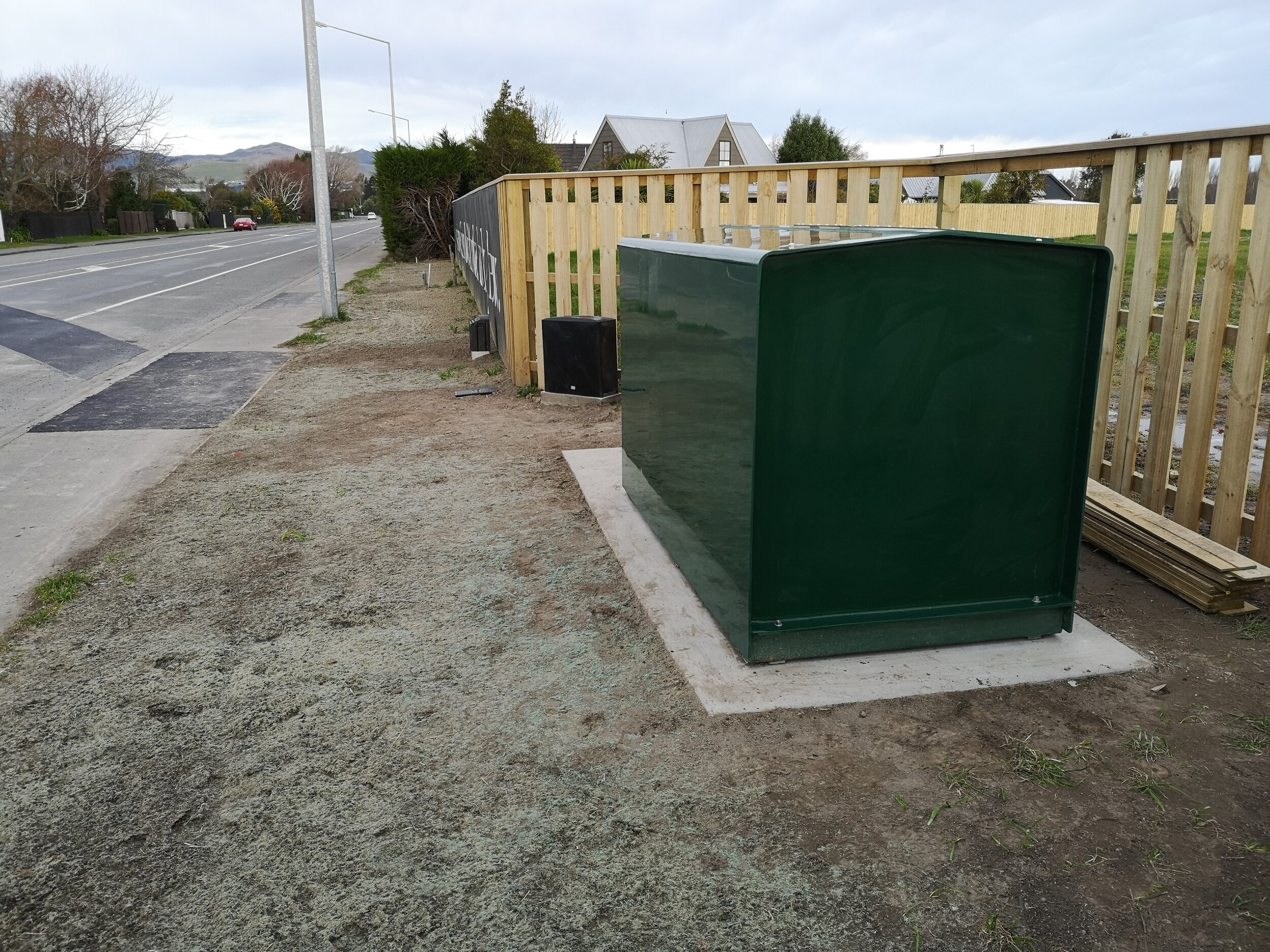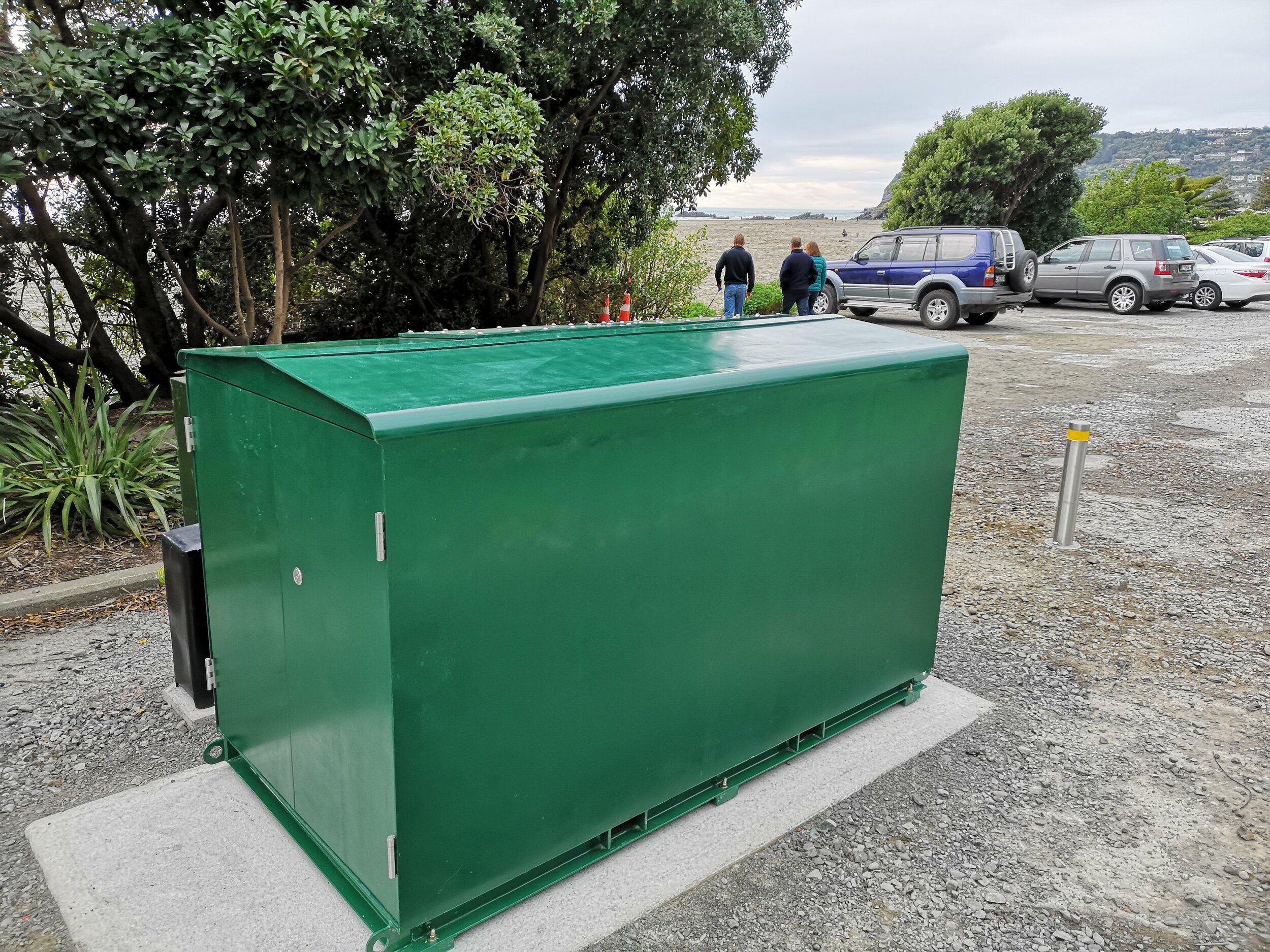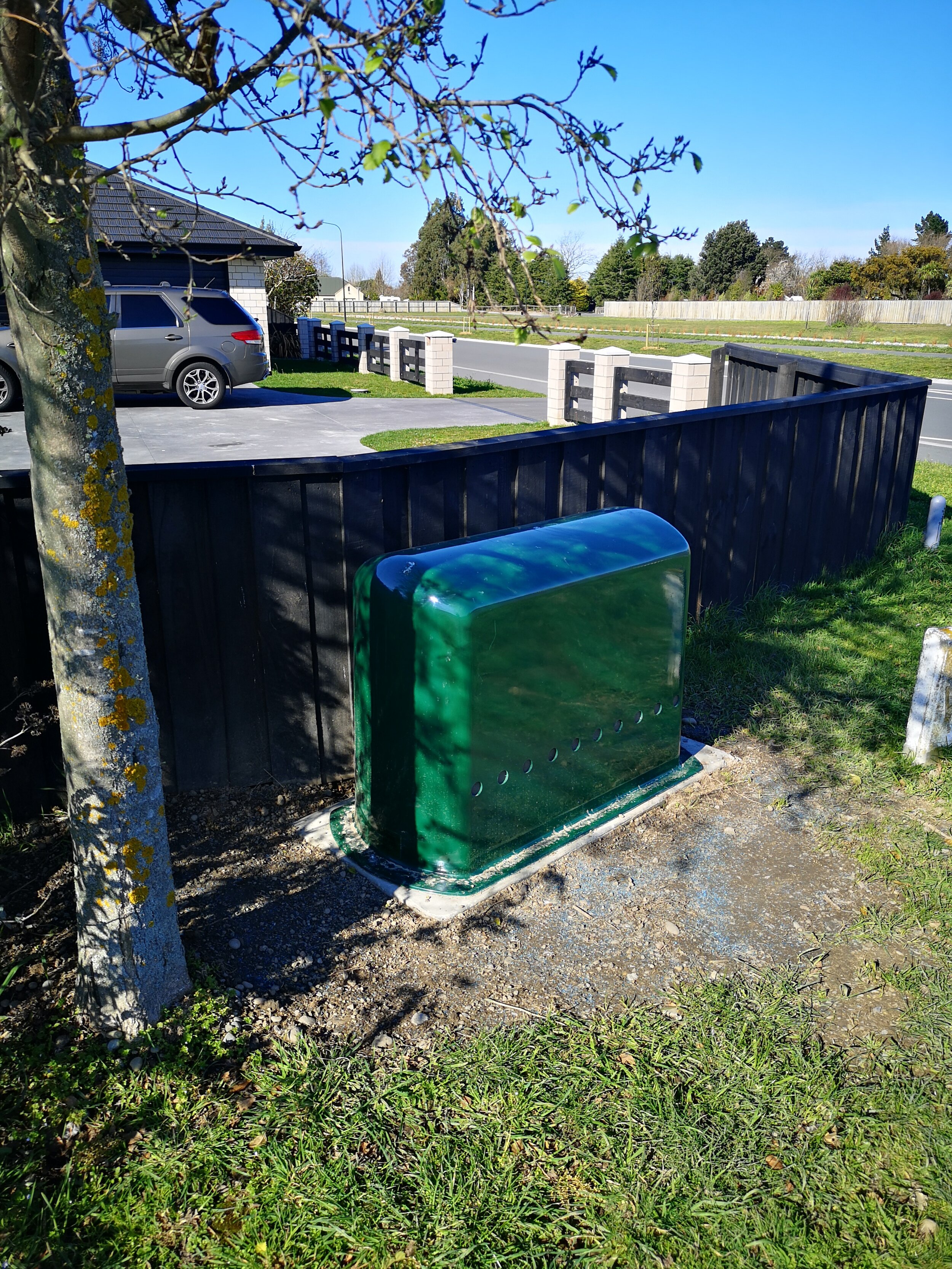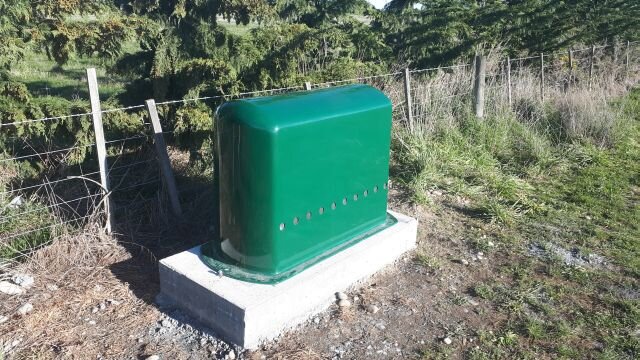From Left: Todd Landers, Darshan Patel and Sherif Ibrahim with Bryan Holyoake (not pictured) at Armatec Environmental Ltd display, in Christchurch, Water NZ Conference and Expo 2025.
Visit our sales and design engineers Todd Landers, Sherif Ibrahim and Darsan Patel at Water New Zealand Conference and Expo 2025 this week.
Christchurch as host this year, we are looking forward to connecting with others working with water. Particularly exciting is the dual conference collaboration, with International Water Association (IWA) hosting the 10th IWA-ASPIRE conference co-currently.
Well done Water New Zealand, creating global connection for collaboration with water. Inspirational! Just check out the programs https://www.waternzconference.org.nz/programme/ https://www.iwaaspire2025.org/







